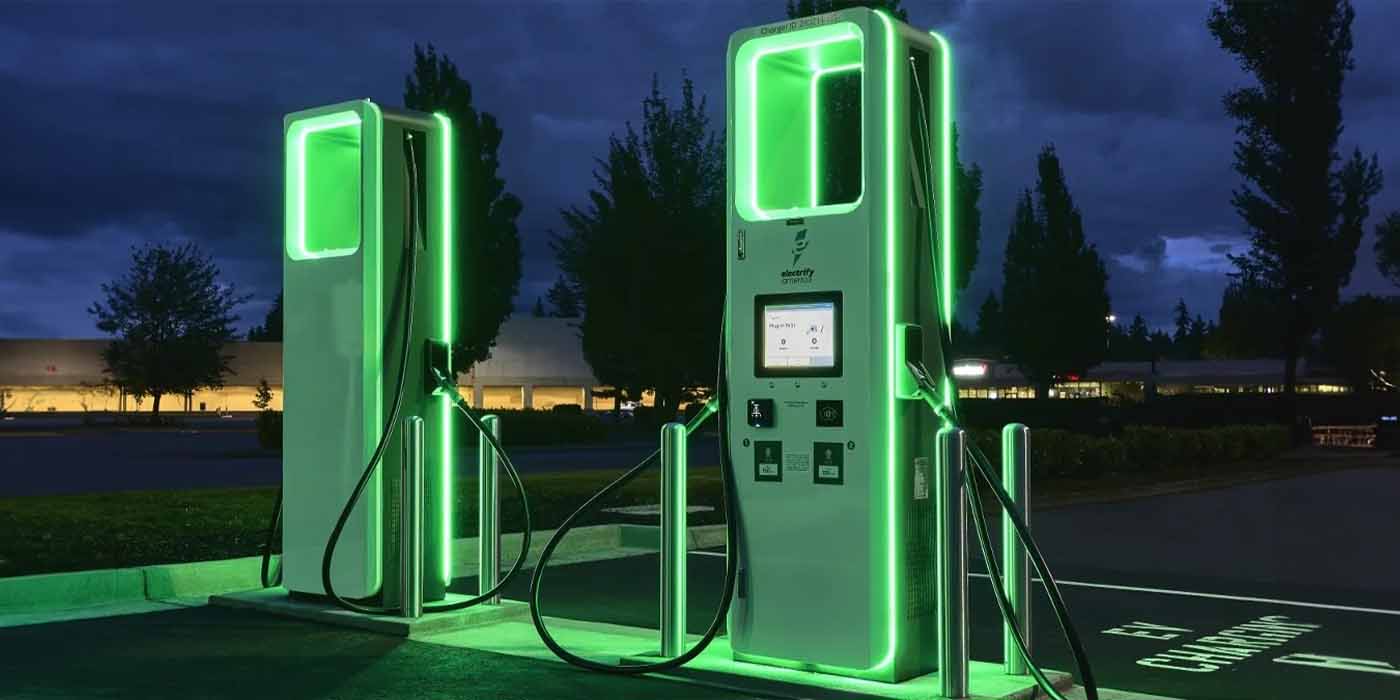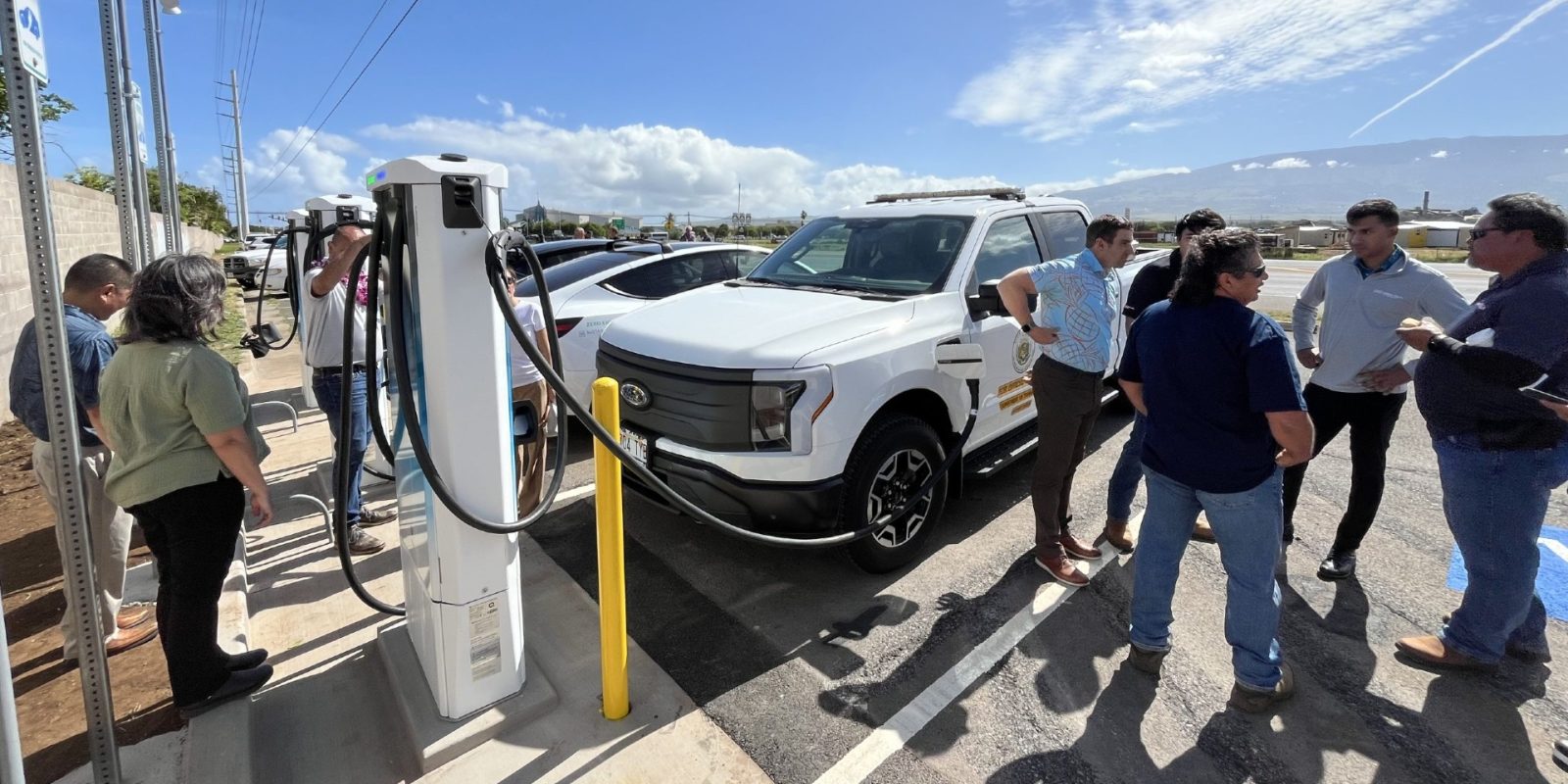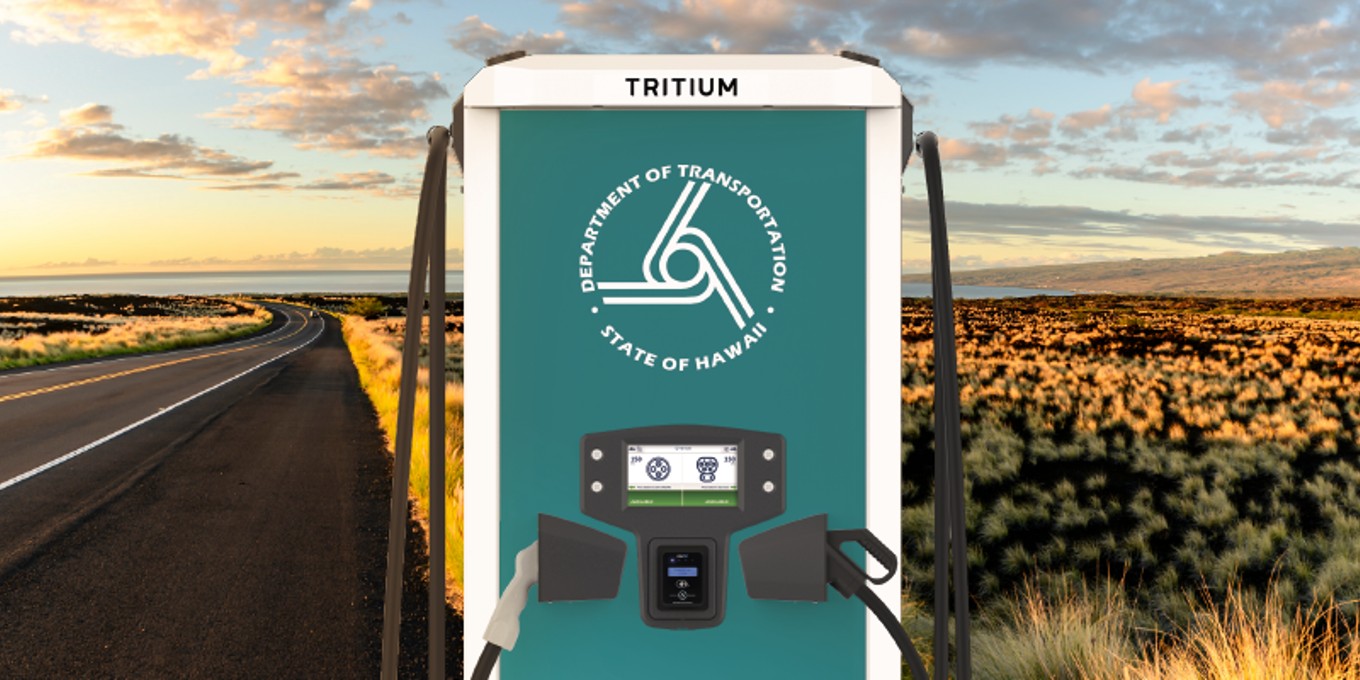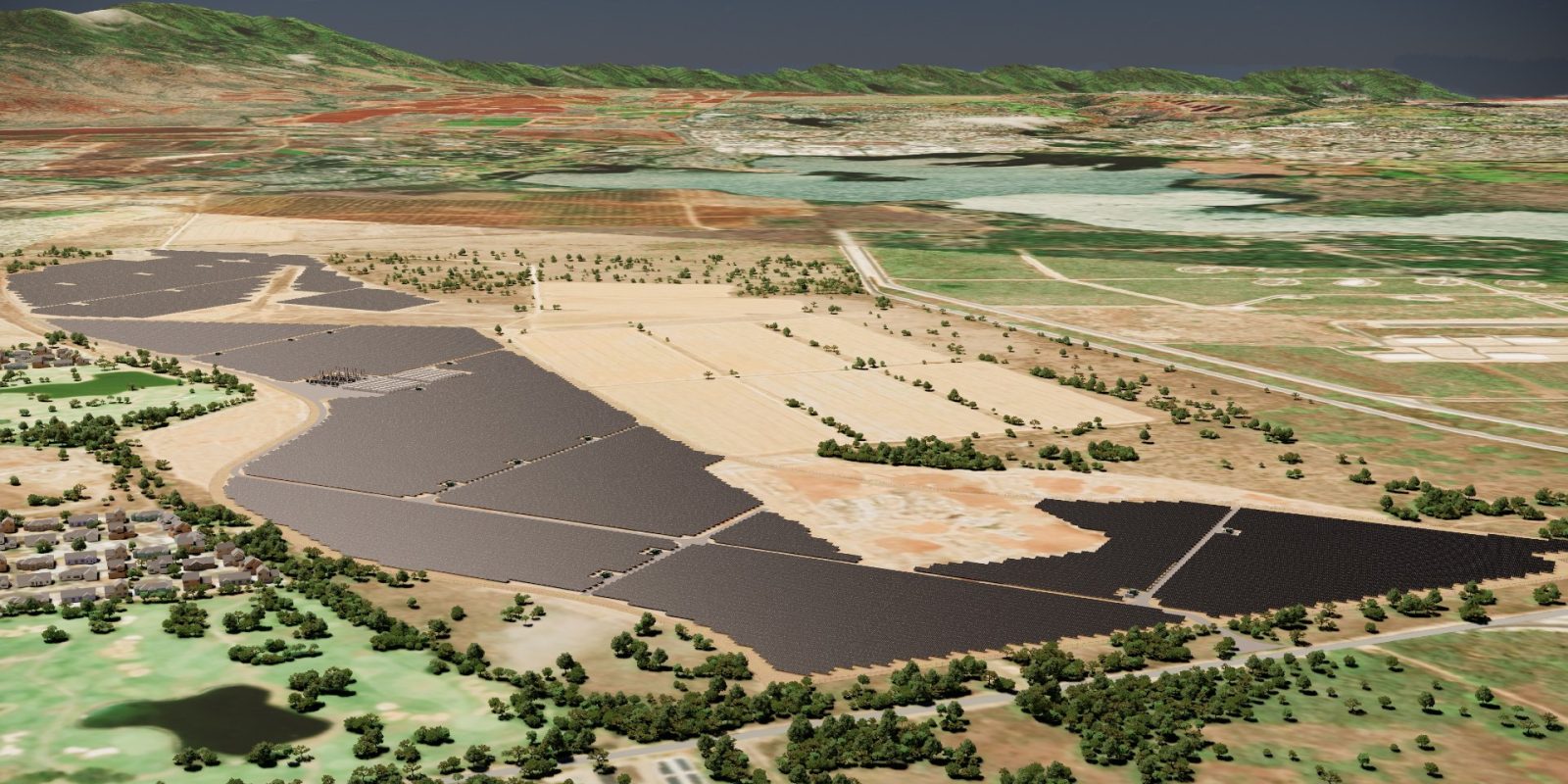Here’s what Electrify America’s EV charging plans are for 2024

Electrify America (EA) increased its total number of chargers to over 4,000 in 2023 – here’s what it’s aiming to achieve in 2024.
Expand Expanding Close
Electrify America (EA) increased its total number of chargers to over 4,000 in 2023 – here’s what it’s aiming to achieve in 2024.
Expand Expanding Close
Hawaii’s first National Electric Vehicle Infrastructure (NEVI) Formula Program EV charging station just came online on Maui.
Expand Expanding Close
EV fast charger maker Tritium (Nasdaq: DCFC) is going to provide all DC fast chargers for the State of Hawai’i’s first phase of National Electric Vehicle Infrastructure (NEVI) Formula Program funding.
Expand Expanding Close
Electrify America, the largest open DC fast charging network in the US, has opened its first EV charging station in Hawaii.
Expand Expanding Close
The Joint Base Pearl Harbor-Hickam West Loch Annex just broke ground for the Kūpono Solar Project, a solar-plus-storage system in O‘ahu, Hawai‘i.
Expand Expanding Close
Hawaii-based Mauna Loa, one of the world’s major macadamia nut brands, just got a 1.2-megawatt solar farm and 500 kW battery storage system. The new solar and storage join existing clean energy sources at the facility, which means it’s now powered by 100% clean energy.
Expand Expanding Close
Hawaii is going to get a 30 megawatt (MW) solar farm in 2022 – one of the first utility-scale solar farms on the Big Island.
Expand Expanding Close

Solar installer SolarCity announced this week a new package combining solar panels, battery storage, smart electric water heaters and the Nest Learning Thermostat in order to “prevent energy from being exported back to the grid”, says the company in a new press release.
The system, called ‘Smart Energy Home’, will first be offered in Hawaii, where the company had problems with the local electric utilities before.
Expand
Expanding
Close


Last week we reported that SolarCity more than doubled its battery pack business with Tesla Energy in 2015 versus the previous year, and the trend is set to continue as the solar installer confirmed today that it selected Tesla’s energy division to supply its massive energy storage project on Kaua’i Island in Hawaii.
We reported on the project last year when SolarCity announced its power purchase agreement (PPA) with Kaua’i electric utility (KIUC) for two 12 MW solar arrays and their intention to install 52 MWh of energy storage.
Expand
Expanding
Close

 We learn through a new report from Pacific Business News that Tesla is opening its first store in Honolulu. The store will be Tesla’s second retail location in Hawaii, but the first official retail store, since the current location in Waikele in Central Oahu is mainly a service center with a showroom.
We learn through a new report from Pacific Business News that Tesla is opening its first store in Honolulu. The store will be Tesla’s second retail location in Hawaii, but the first official retail store, since the current location in Waikele in Central Oahu is mainly a service center with a showroom.
Expand
Expanding
Close

 SolarCity announced today that the company signed a power purchase agreement (PPA) with Kaua’i electric utility (KIUC). SolarCity already built a 12-megawatt solar array for KUIC which went into operation in September 2014 and now supplies 5% of the island’s electricity, but under the new deal, the California-based solar installer will develop a new solar array and a massive 52 MWh energy storage system to provide electricity when the sun is down.
SolarCity announced today that the company signed a power purchase agreement (PPA) with Kaua’i electric utility (KIUC). SolarCity already built a 12-megawatt solar array for KUIC which went into operation in September 2014 and now supplies 5% of the island’s electricity, but under the new deal, the California-based solar installer will develop a new solar array and a massive 52 MWh energy storage system to provide electricity when the sun is down.
Expand
Expanding
Close

A great ground look at what’s happening in Hawaii, the state where energy costs the most and where there is plenty of solar energy. Over 12% of Hawaiians have solar power which is 20x the US national average. If you count all the rooftops on Oahu together, Solar is a 300MW plant that is more than double the size of the next biggest plant on the island.
The problem is: That power plant dies when the sun goes down and the other plants have to crank way back up.
Expand
Expanding
Close


If you are to set a goal for the production of renewable energy, why not make it 100% of total production? This is exactly what Hawaii did this week by enacting a law imposing requirements for electric utilities to supply the state with 100% renewable energy by 2045. Hawaii is already a leader in clean energy with 22% of their electricity production coming from wind, solar, geothermal, and other renewable energy resources. The new policy, Act 97, would require electric utility to produce 30% of their energy from renewable sources by the end of the decade and 100% within 30 years.